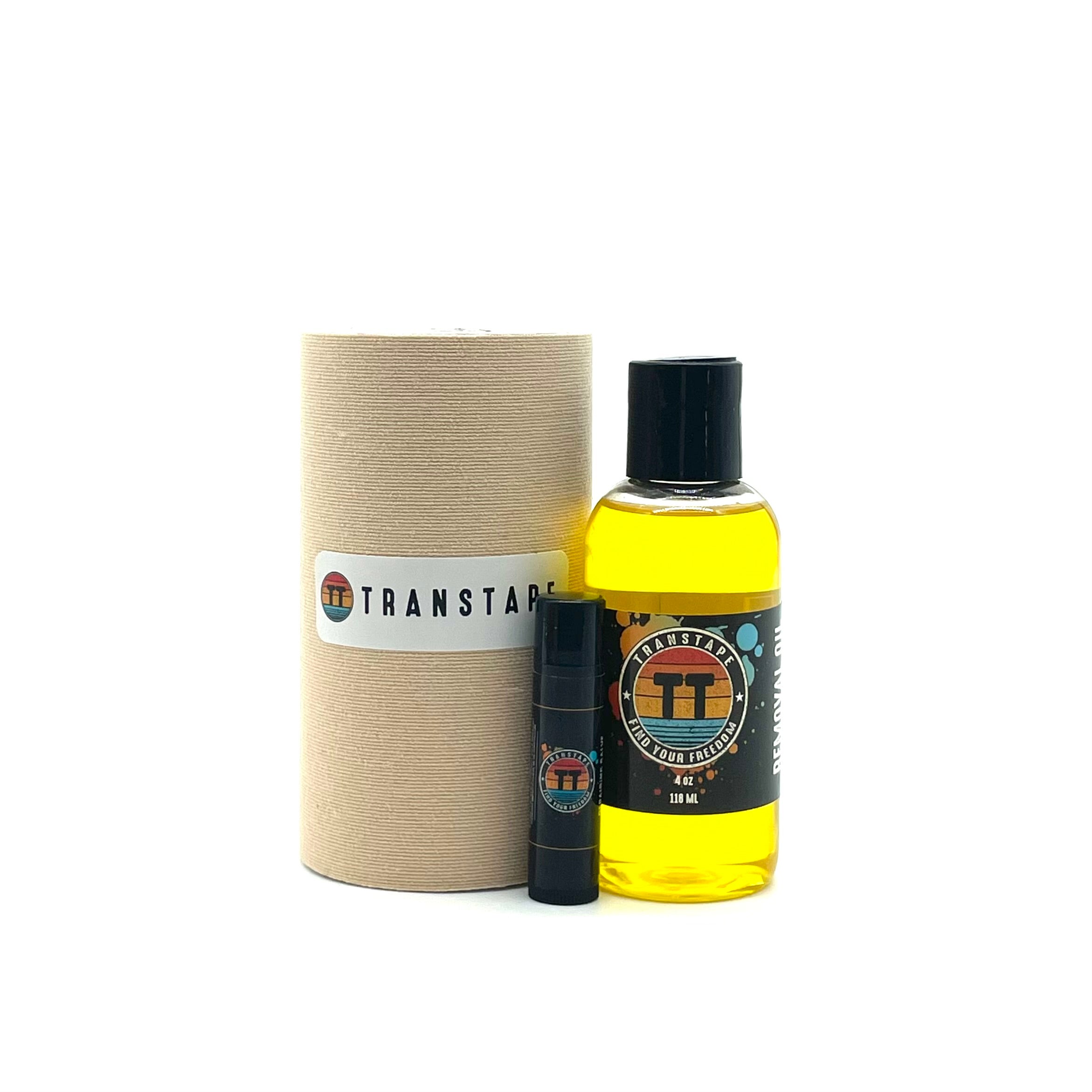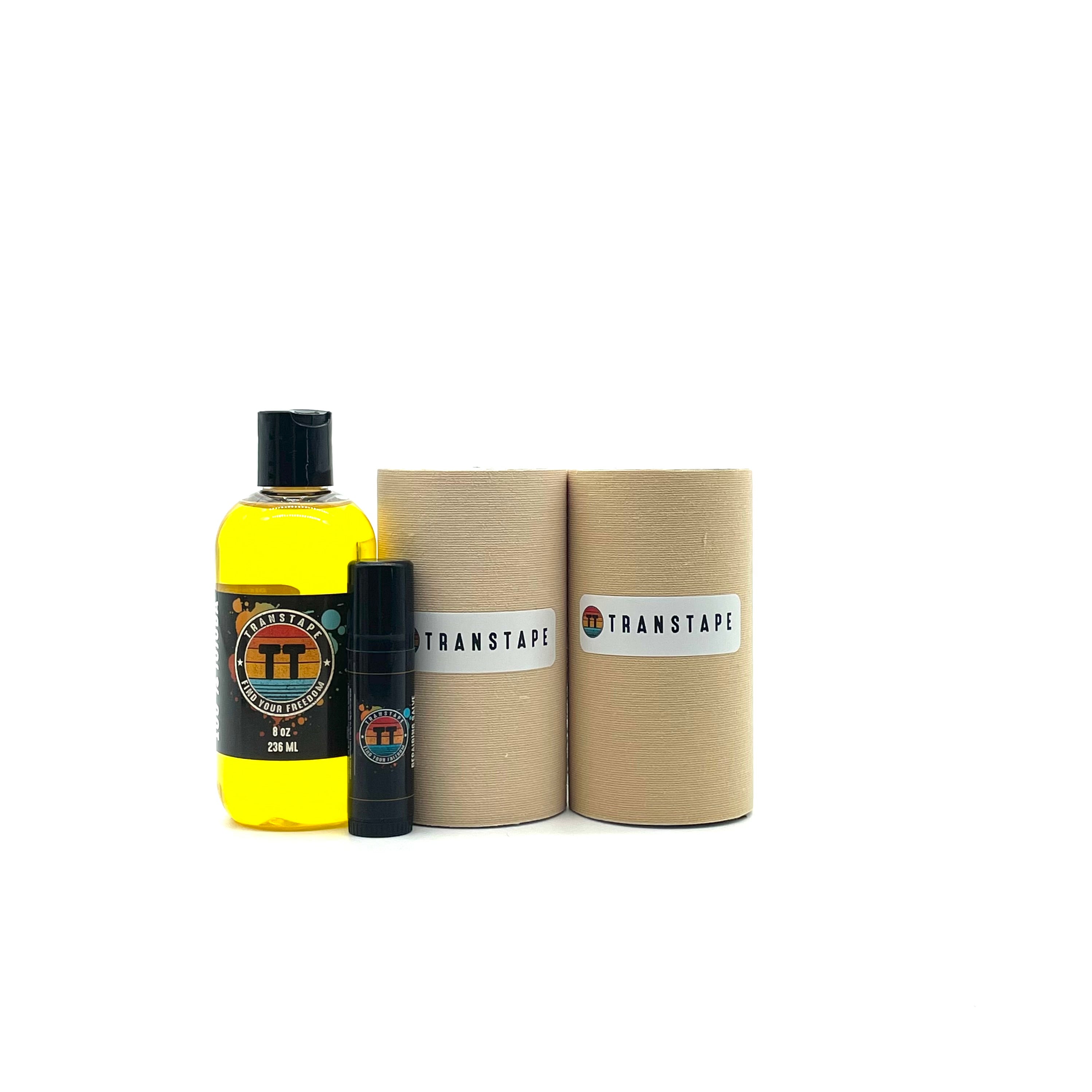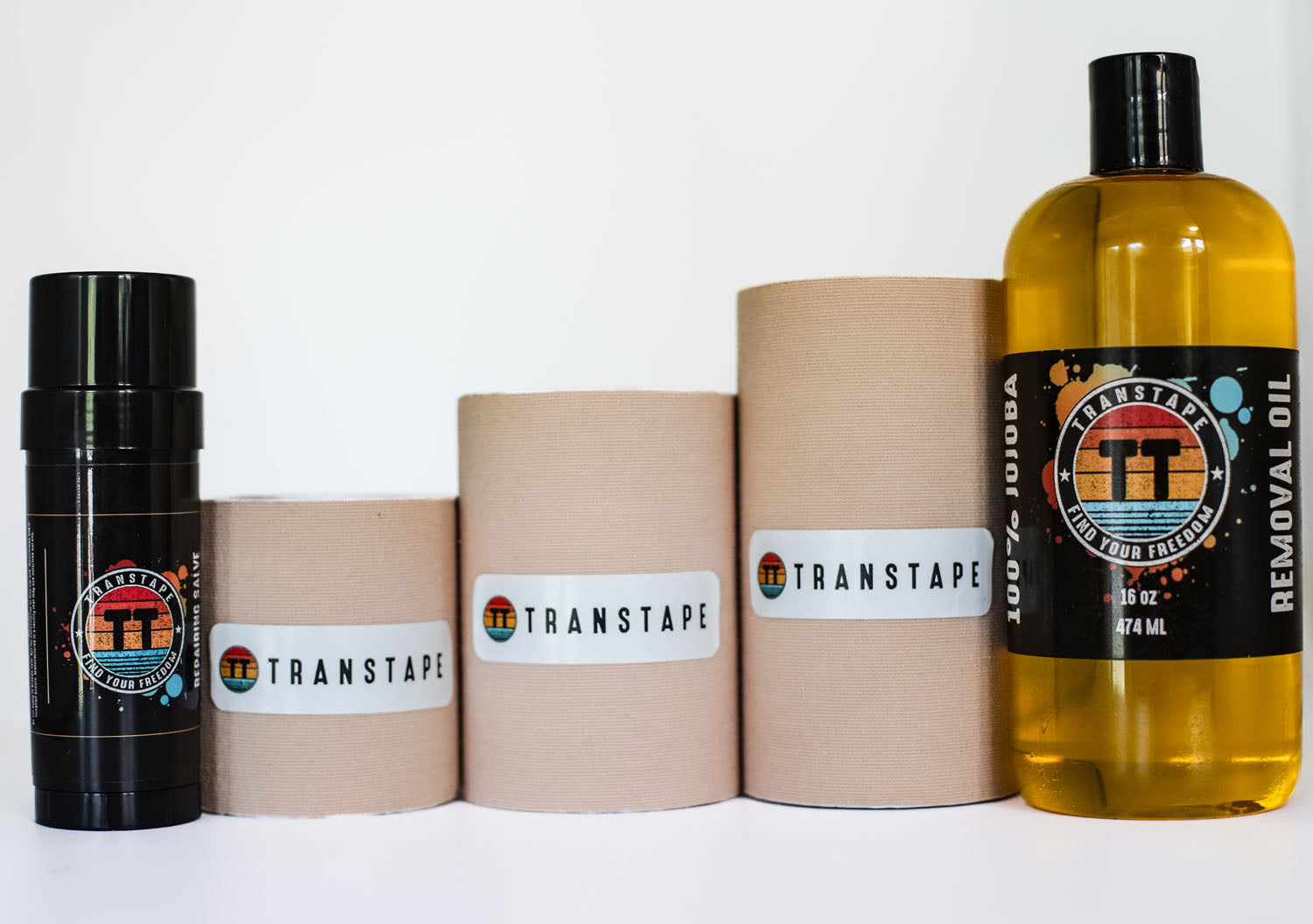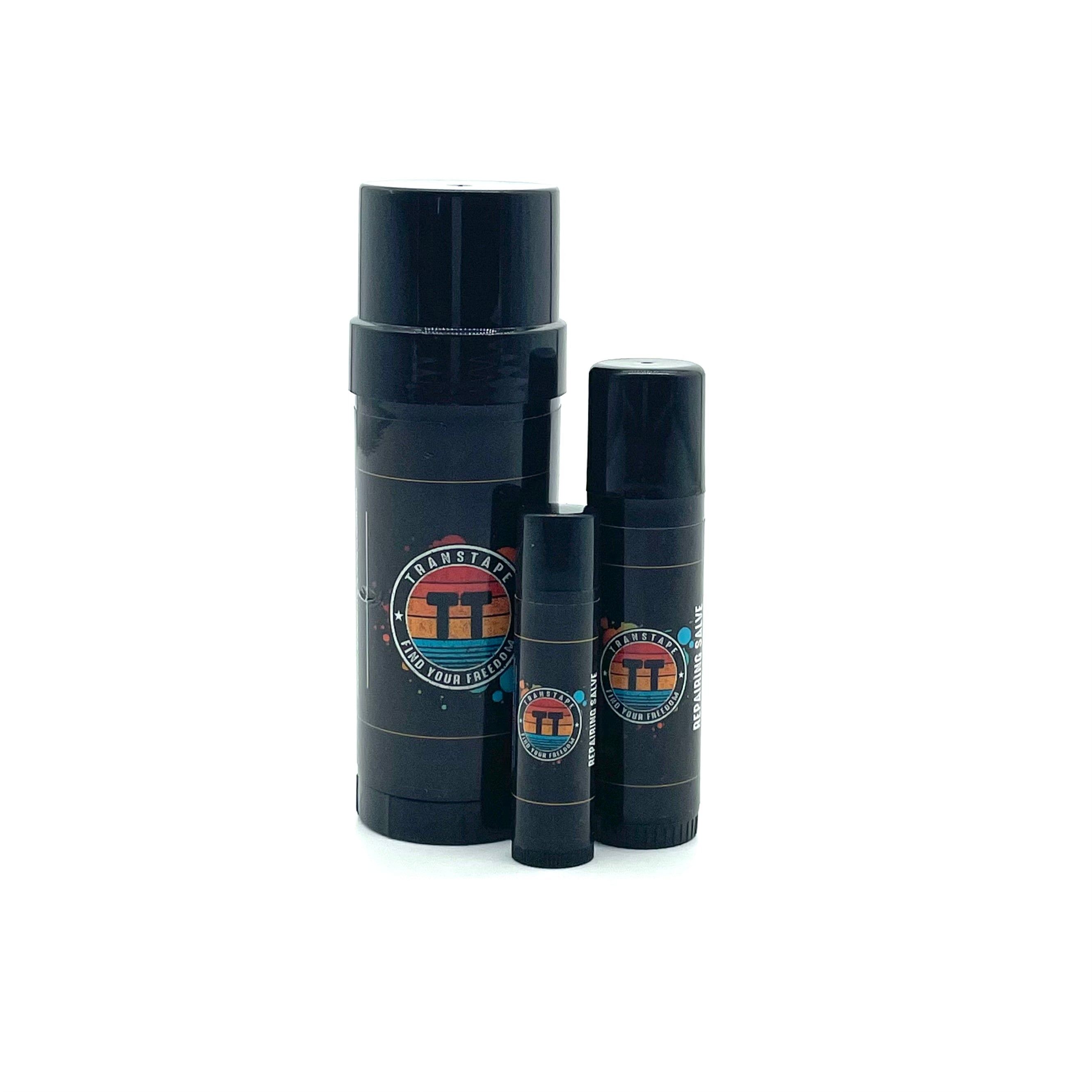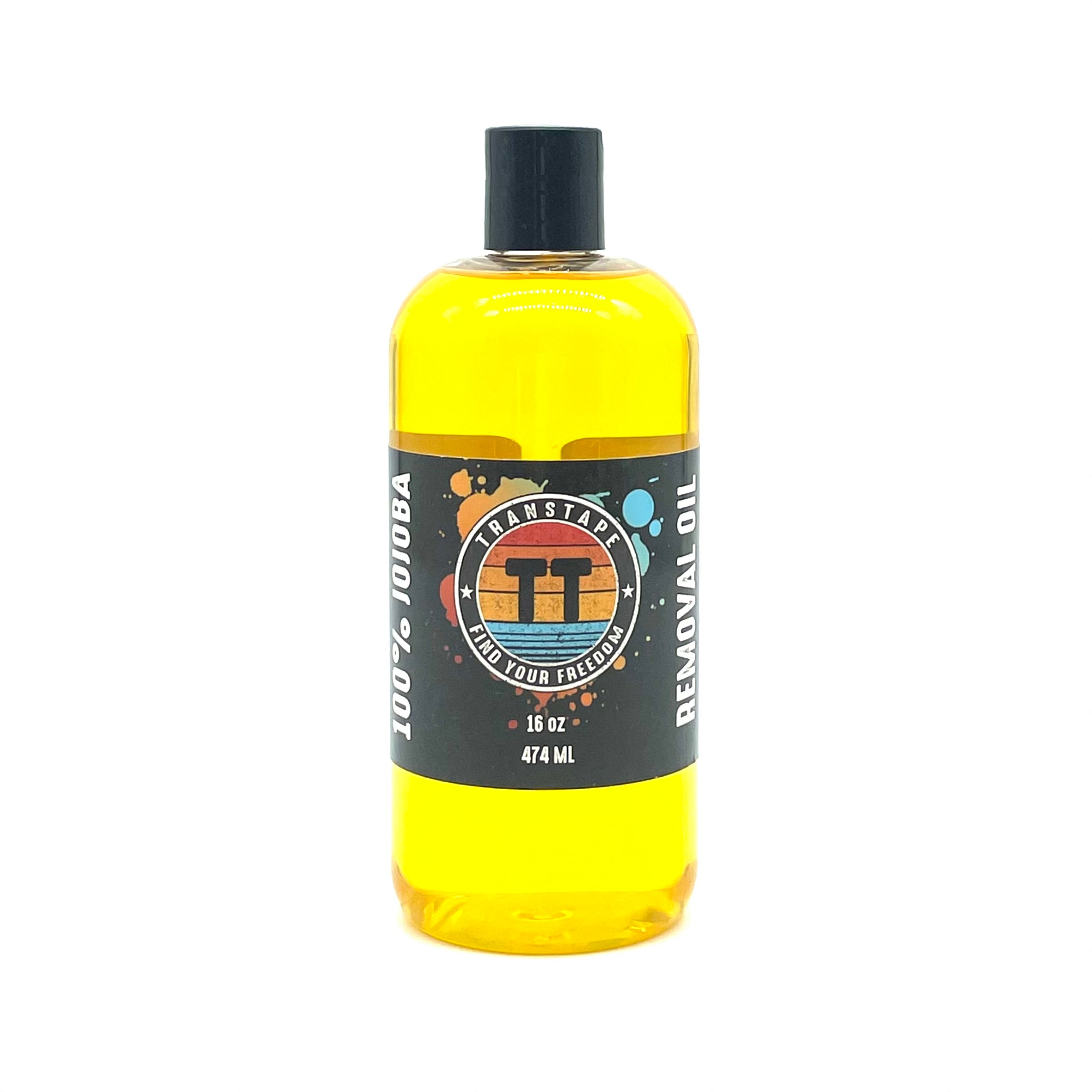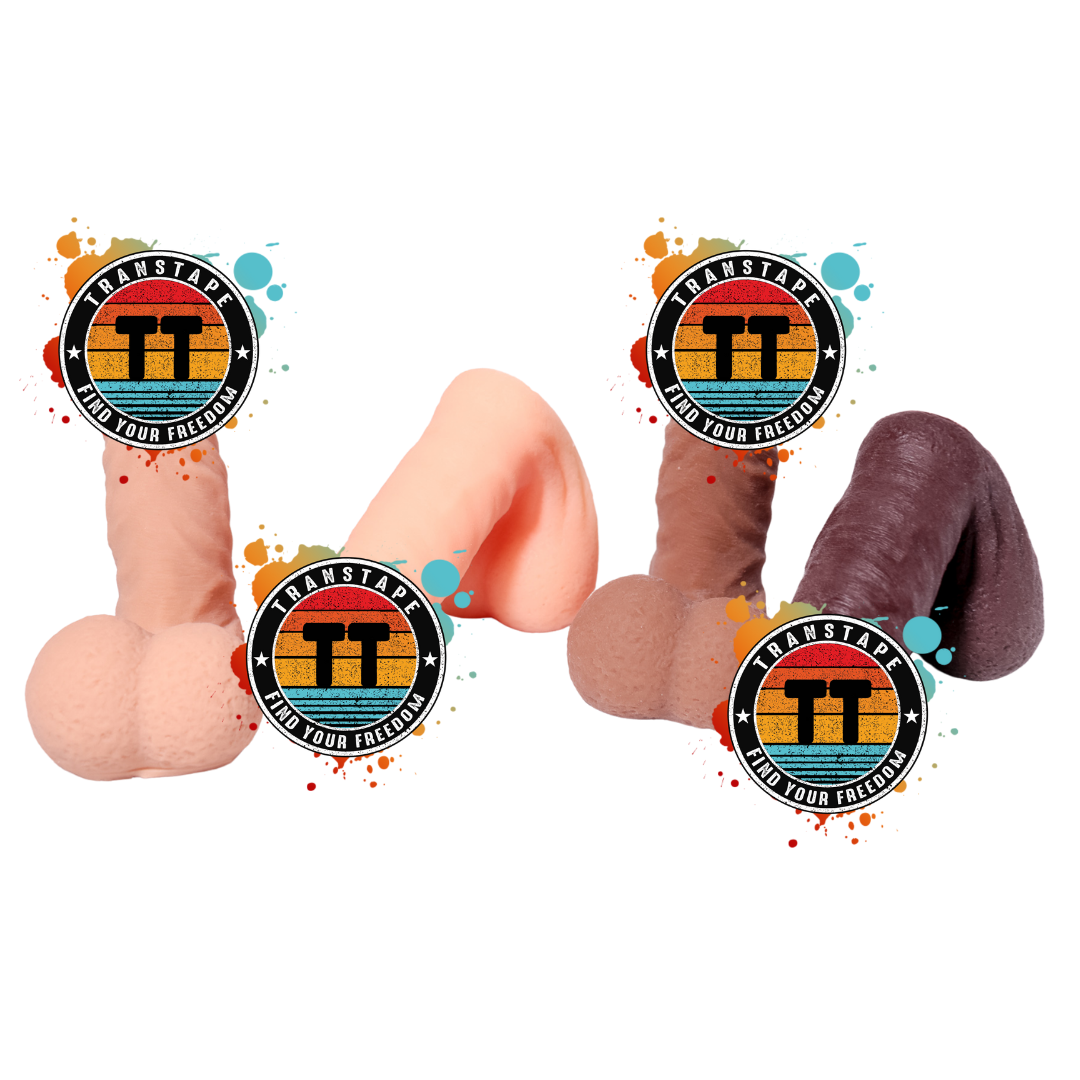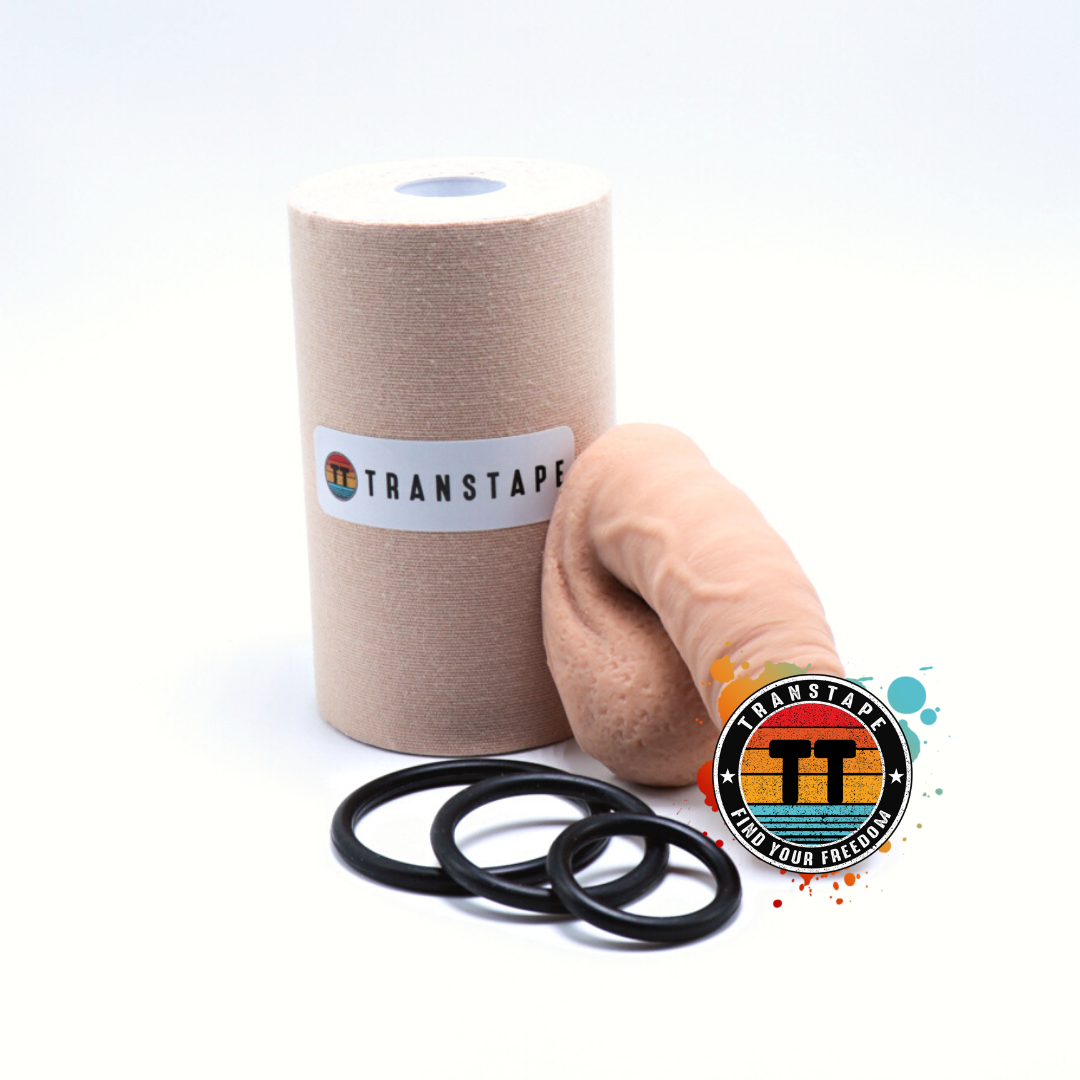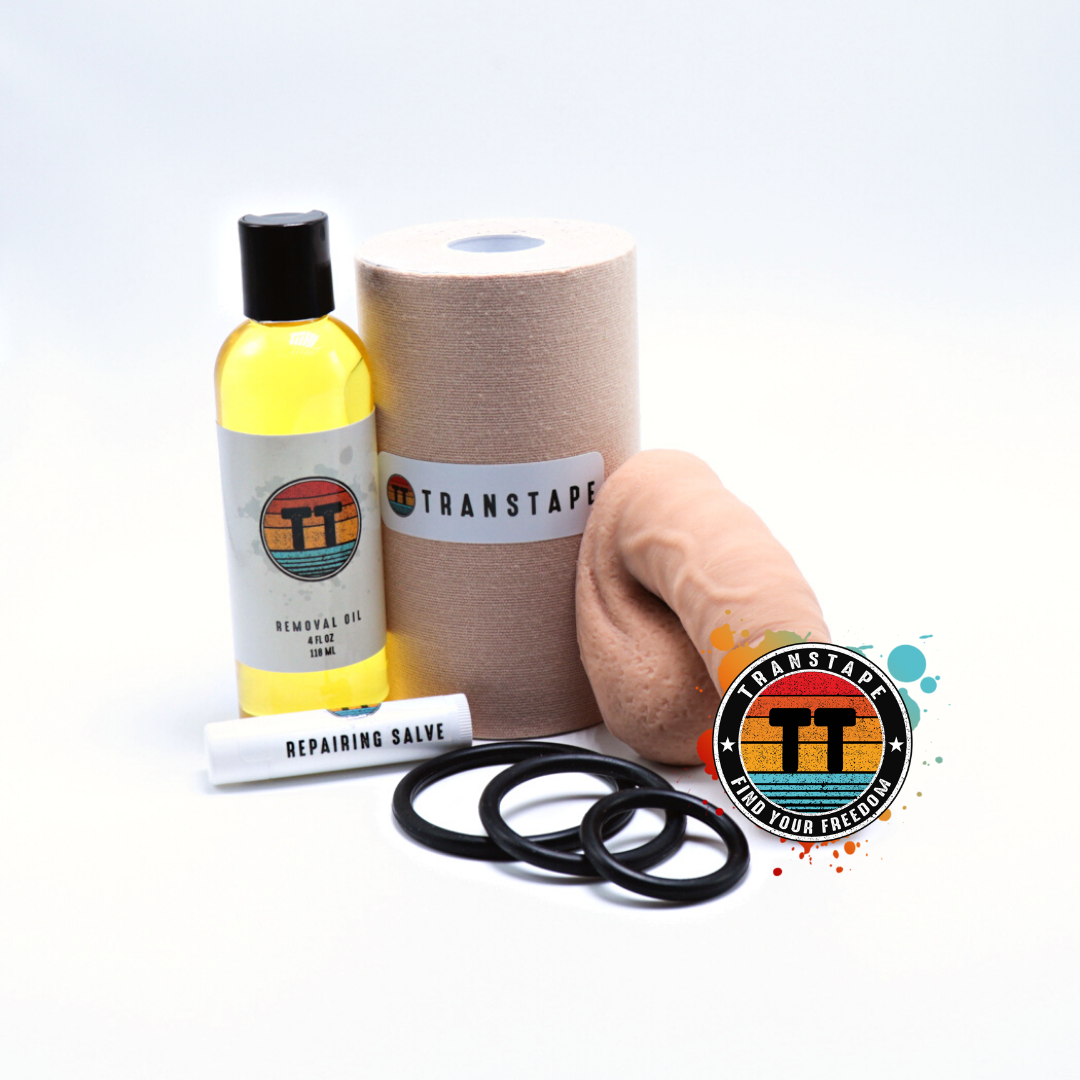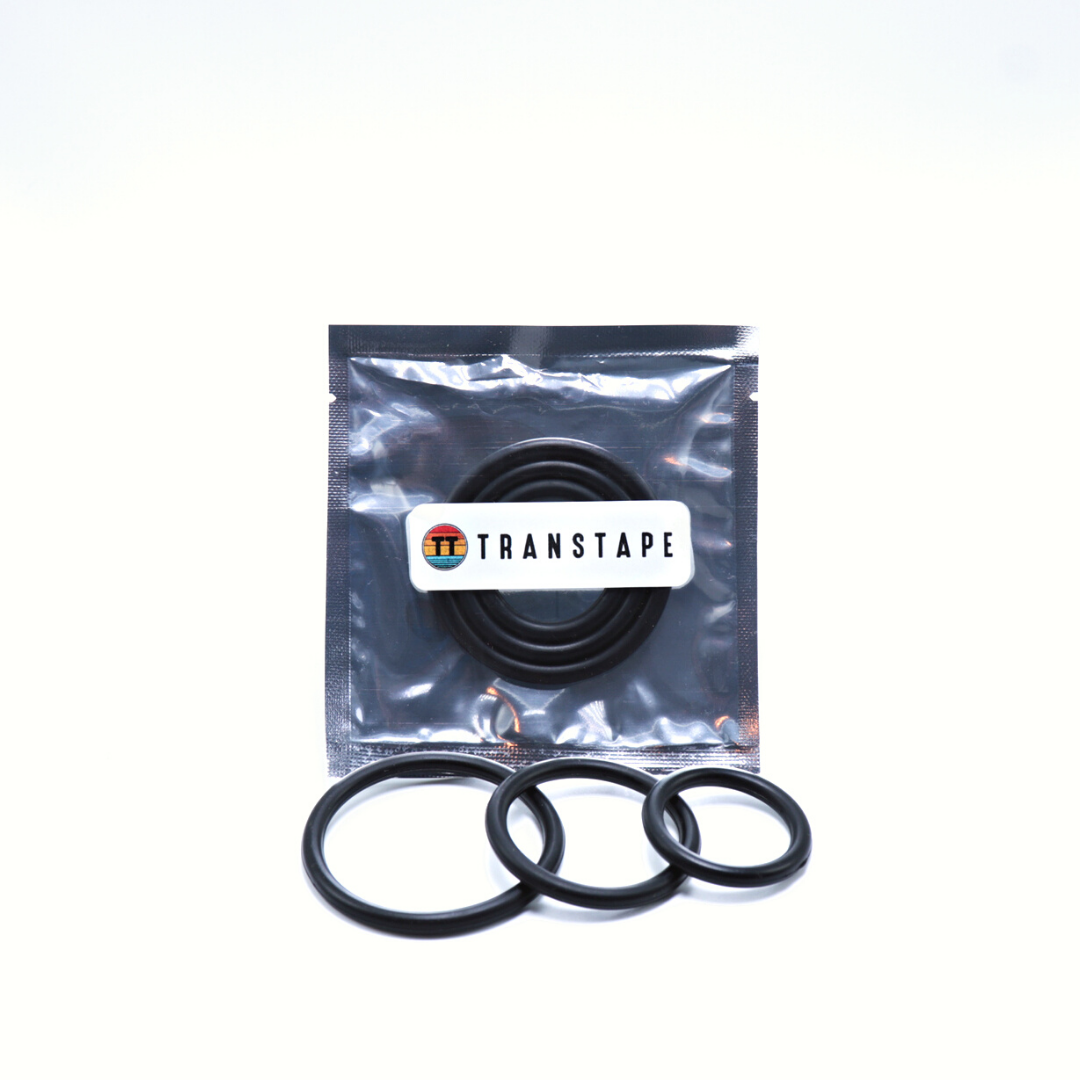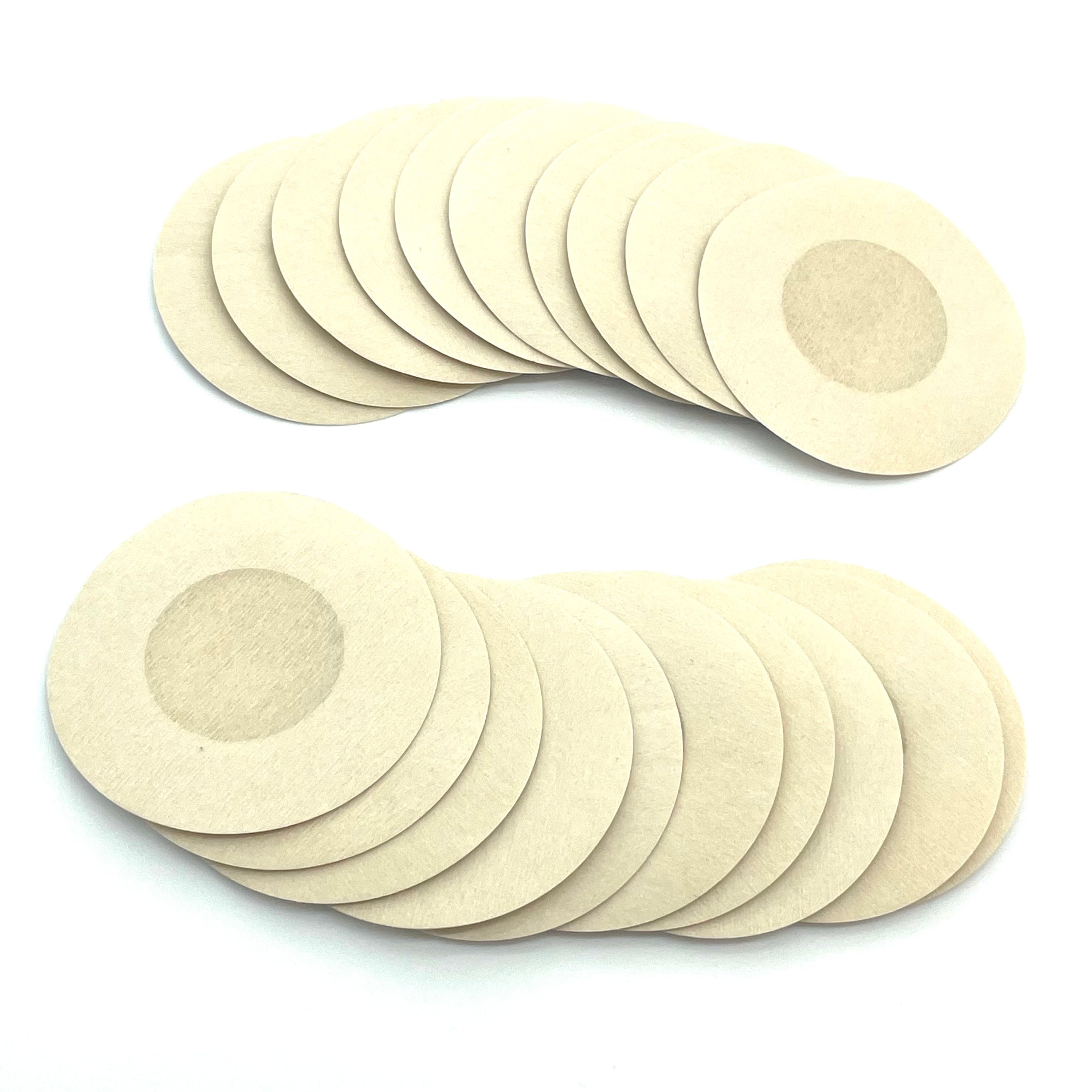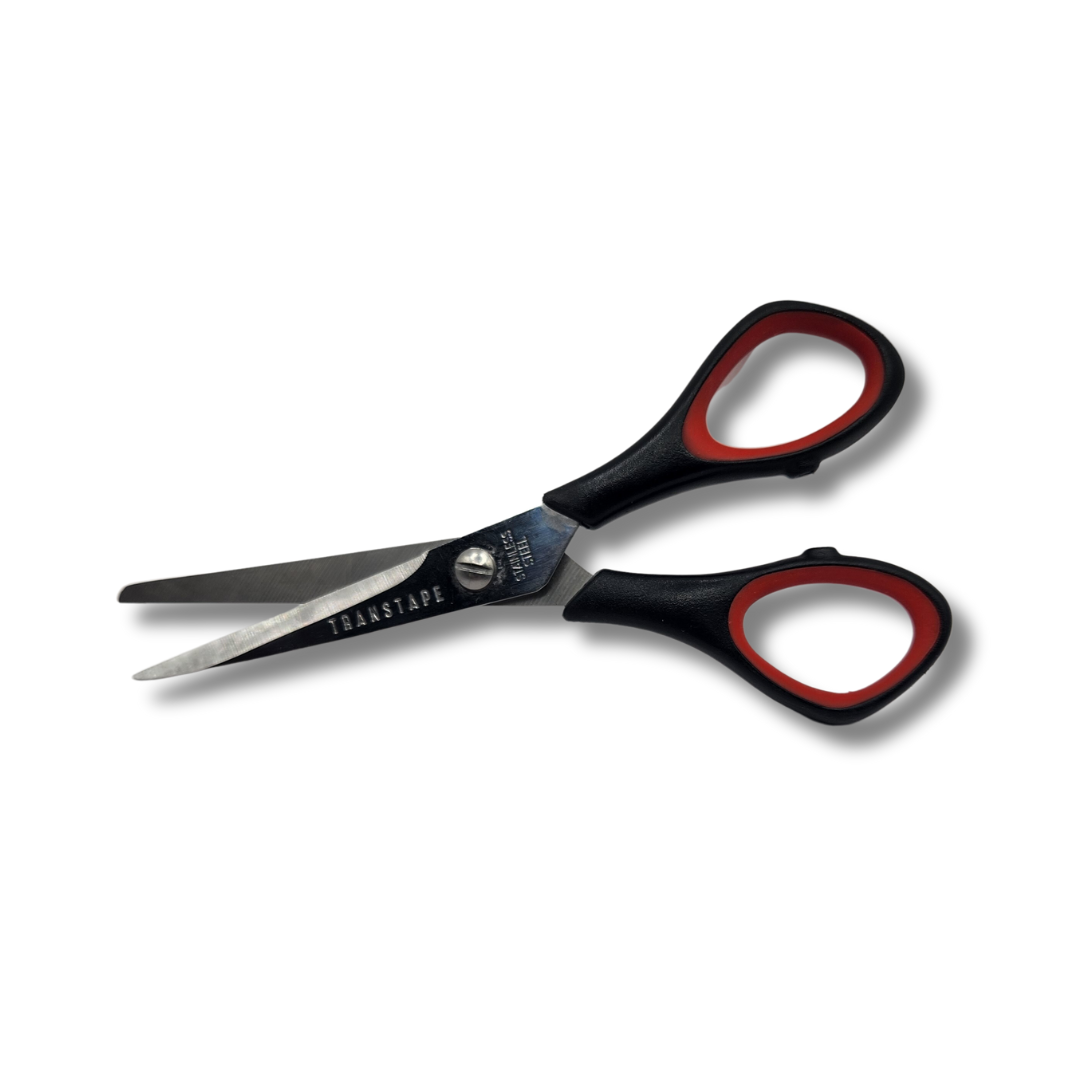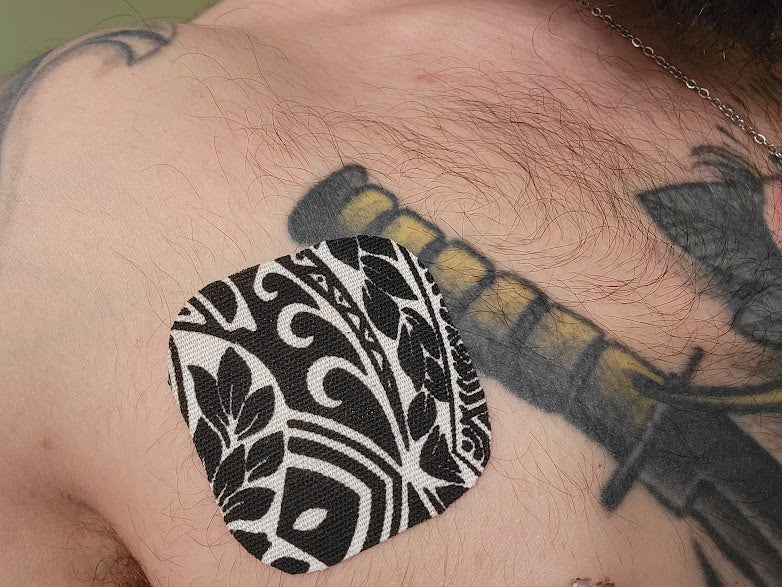You've heard about it, you've read about it and you've been told countless times, "Make sure you do a test strip!" by one of us here at TransTape. Whether you're about to apply for the first time or you're curious as to why it's so important, you've come to the right place.
Hel-LO!
Come here often?
Whether you answer yes or no to that question, welcome!
Everyone is loved and respected here, inquiring minds, first-timers and veterans alike.
If you've ever read the user manual or follow TransTape on any social media, you've almost definitely heard or come across this thing called a test strip.
It is arguably the most important step for someone using TransTape for the first time.
Don't believe me?
Oh, well, this is my post and I'm going to tell you why I'm right anyways.
I'm only half joking.
In all seriousness, let's get to talking about the most important step to applying TransTape for the first time!

What's So Important About It?
I'm so glad you asked! Let's talk about it.
A test strip is a 2 inch by 2 inch square of TransTape that you wear for 24-48 hours.
And it's a one time thing too, we're only checking to make sure it's safe for our skin!
If your skin is good after you remove it, with removal oil of course, you're ready to start your first full application of TransTape!
This also helps narrow down any possible issues you may run into in the future like itching from overstretching or red, raised skin from improper removal. Those symptoms can often be confused with signs of an allergy.
In some cases these are just application accidents though, which happen to everyone!
Definitely knowing you're not allergic will also help the HelpDesk help you if you ever find yourself reaching out for help!
"But I just want to wear TransTape already, my skin isn't sensitive! It's my tape and I want it now!"
I get it, I really do. I also hope a few of you got that reference.
You may think that applying a test strip is only for people who have known allergies or super sensitive skin though, right?
Well, wrong.
You may not know about any skin sensitivities right now but that doesn't mean you won't have any issues when trying something new.
Everyone's body is different and you never really know for sure how something new will react with your body. So better to be safe than sorry, do a test strip!
If you experience any pain, severe discomfort, blistering or any other bad reactions while wearing your test strip, you are likely allergic to the tape and you should remove it immediately.
In some cases, skin irritation can also be caused by things like overstretching or other application accidents, so reach out to the help desk if you think this could be the issue or if you're ever unsure and have questions!
We are often dealing with sensitive and vulnerable parts of our bodies when applying TransTape so it is very important to know that our skin gets along with the tape.
Got it? Good.
Step 1: Gather Your Supplies!

Application:
1 Pair of Scissors
1 Roll of TransTape
Optional:
Rubbing Alcohol
Tissue or Cotton Balls
Removal:
Removal Oil (or any common cooking oil like Olive or Canola)
Healing Salve
For the test strip, we only want to make sure you're not allergic so no nipple guards are needed for this step.
AKA, don't tape your nipples, please.

If you would like to be extra sure the tape sticks to your skin, you can also use rubbing alcohol and some tissue to wipe the area you plan on applying too.
This extra step helps remove any oils or sweat from the skin so they don't interfere with the adhesive.
If you do choose to wipe the area with alcohol, be sure to wait until it dries!
Step 2: Prep It!

We're looking for at least a 2" x 2" piece of tape.
If you want to use a larger piece, that's totally up to you!
But again, the goal is to simply check that your skin gets along with TransTape, that's all!
Since we're getting ready to stick it, let's get to cutting!
Take your roll of tape, unroll a couple of sections and envision it.
Envision your 2" x 2" square, become the square, be. the. square.

If you like to be precise, feel free to measure your square too!
No judgement here, we love a perfectly measured cut.

Secret Tip!
Round your corners, even for the test strip!
It's easiest to cut your strip first and then round the corners rather than trying to round them and cut your section at the same time.
Rounding the corners before applying your tape, for your test strip and regular application, will help prevent the tape from curling at the edges while you wear it.
When you don't round the corners, the pointy edges catch much easier, making the tape start to peel back.
For example, swinging your arms at your sides while you walk or run throughout the day could catch your pointy edges and irritate the tape and possibly cut your application time short.
So remember, the next time you tape up, round your corners!
No pointy edges allowed!
Step 3: Pick Your Placement!
To be safe, avoid taping over your nipples or any other known sensitive areas on your body.
Again, we're only checking for allergies or any other reactions.
You could place it on your side, your chest or even your arm.
But try to pick a spot that you are able to see so you can pick up on any changes.
You can place it on your leg if you'd like, but somewhere like that may not always be accessible or visible to you throughout the day.
I personally did my original test strip in the same area that I would be taping on my chest in the future.
Easy to monitor throughout the day and easy to see if I wanted to look at it in a mirror.
Important Mention
If you used the original TransTape a couple years ago and haven't ordered any recently, TransTape has had a slight change in the adhesive formula.
So it is very important to repeat the test strip process to make sure it's safe for your skin.
TransTape veterans aren't even allowed to skip this step!
Step 4: Apply!
Alright, let's do this!
You broke out your old elementary school ruler, mini scissors and compass to construct the perfect 2" x 2", rounded corner, square test strip.

Now what?
Now we apply it!
When applying the test strip, we don't want any tension.
Now, peel the backing paper half-way off the tape.
Do your best to avoid touching the sticky part of the tape when you're peeling and placing.
If you touch the adhesive too much, it may be less effective when bonding to your skin.
Once you peel it half-way, go ahead and place the exposed tape on your skin and rub it to activate the adhesive.

After you place that half, remove the rest of the backing and smoothly apply.
Don't stretch or pull on the fabric.
To ensure you're not stretching it, you can use both of your hands and place the tape as you peel.
Since the test strip is small, it's much easier to apply without tension but try to be aware of it when you're placing it.
You could always pull the backing paper completely off and place it all at once, but I wouldn't recommend that, even with such a small piece of TransTape.
Things could get sticky pretty quickly.
Step 5: Monitor for 1-2 Days

Well done my friends, you did it!
Now that you've applied your test strip, it's time for the hard part.
Waiting one to two days for any signs of possible allergies or sensitivities.
If you know you have sensitive skin, I would recommend waiting the entire 2 days before removing your test strip.
But regardless of your skin, wait a minimum of 24 hours before removing it.
Things to look out for are severe itchiness, blisters, red, raised skin as well as any serious pain or discomfort.
If you don't have any problems after 24 to 48 hours, you're finally ready to fully apply TransTape for the first time!
Or the first time in a long time.
But before you go ahead and tape over your test strip out of excitement, it's time to practice proper removal and remove your test strip.
Step 6: Proper Removal
Time to practice removing TransTape!

Removing the test strip is the perfect time to practice how to safely and properly remove your future applications.
Do not remove TransTape without oil.
If you do not have the official removal oil, that's okay!
You can use common oils you may find in your kitchen such as olive oil, canola oil, coconut oil and more.
TransTape uses all natural jojoba oil in their removal oil which is beneficial for strengthening your skin, promoting natural elasticity and fighting any inflammation.

When you're ready to remove your test strip, simply pour your oil all over like you're in an early 2000s music video.
Yes, really. This is crucial.
After you fully saturate your tape, give it 1-5 minutes to fully absorb into your skin and tape.
Try not to wait for longer than 5 minutes, cause this could cause the adhesive to detach from the tape and re-bond to your skin leaving behind those annoying little sticky spots.
Once you've waited a few minutes, carefully start to peel up the corners of your tape and slowly peel it back.

Use your free hand to gently assist removing the tape from your skin. You can actually keep some oil on that hand and work it into the underside of the tape.
There might be some sticky residue that gets left behind but that's nothing to stress about, it's easy to remove by just adding a little more oil and rubbing it gently with your hand or a soft towel.
And that's it, the test strip is no more!
Now it's time for some aftercare practice!

After removing a full application of TransTape, it's recommended to let your skin recover for 1-2 days before applying again.
After removal, there's this wonderful thing called healing salve that can be used to help your skin recover.
So grab some salve and smother it over the area you taped.
You can also use more jojoba oil if you have it to help combat any inflammation!
Love that stuff.

In Conclusion
How formal and official of me.
Be sure to check in with your body before trying TransTape for the first time, or the first time in a long time, and do a test strip.
Our bodies are all different and beautiful so we should always try to do our best to fully embrace them and treat them nicely when we can.
Practicing proper removal and aftercare can be very helpful for checking in with your body and keeping your skin healthy and strong.
Plus, a good application and removal routine are essential for an ideal experience anyways!
After all, it's the most important step.
But some days are easier than others and that's okay, all we can do is be ourselves and do our best.
Until next time,
Stay awesome,
Stay beautiful,
Stay you.
You are loved and it gets better.
Talk to you soon,
Jamie

Welcome to the cool kids club!
My name is Jamie and I'm a young (ish) transman born and raised in the Hudson Valley of New York state. I started my transition in May of 2017 and since then, I've made it my mission to live unapologetically as myself and spread awareness through my pursuit of happiness. I am the creator and writer of Spilling T blog, a proud affiliate of TransTape and when I'm not outside with the best dog ever or hanging out with my two cats, I make and sell my own beard care products through Buckaroo's Beard Care. I'm always looking for my next adventure and have been skydiving, road-tripping, hiking in the mountains and even served for a short time in the United States Marine Corps. My life has had its fair share of twists and turns and I hope to use those experiences to create helpful and relatable content that may help someone else navigate a difficult time in life.
Beards, Socials, Tape and Writing

